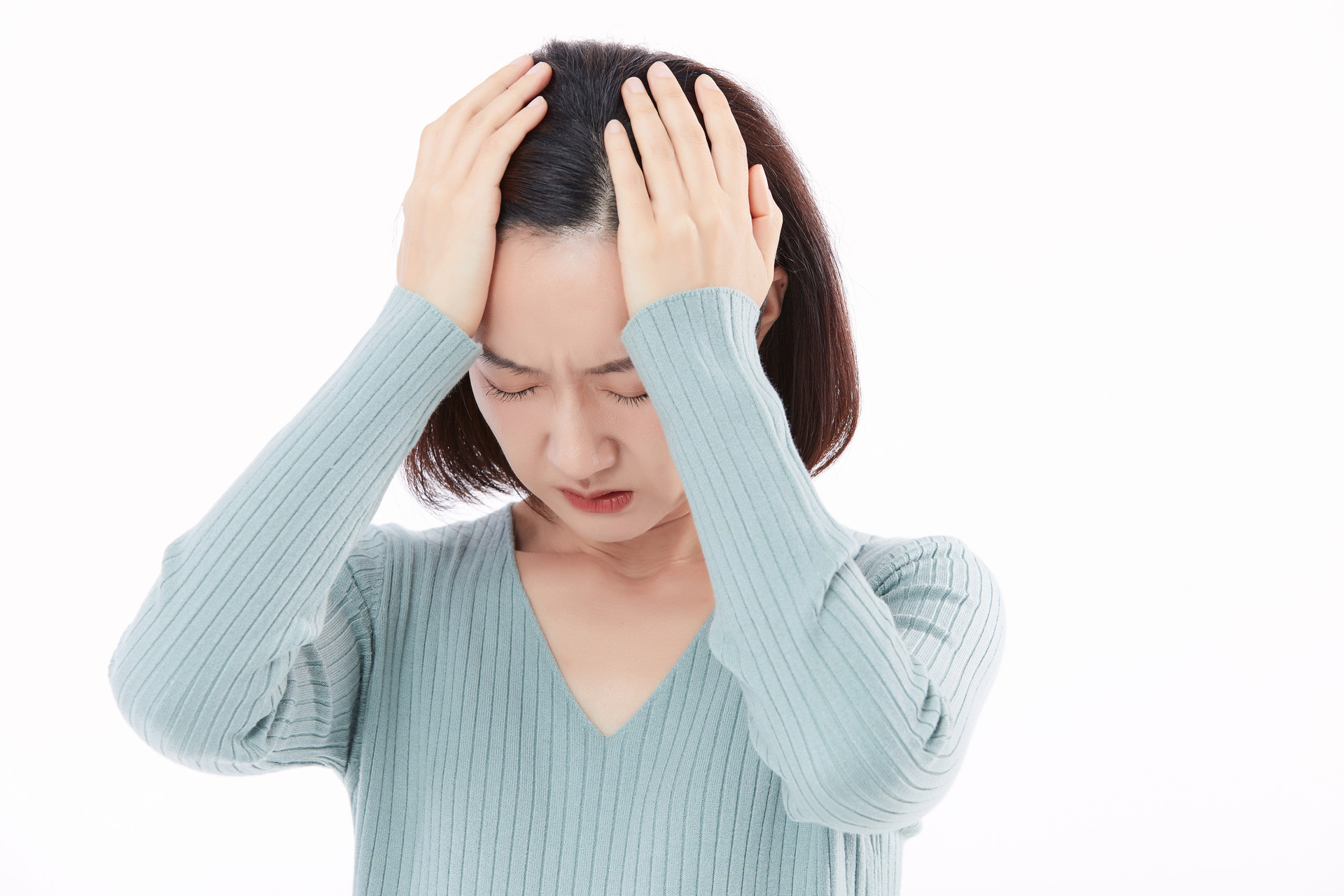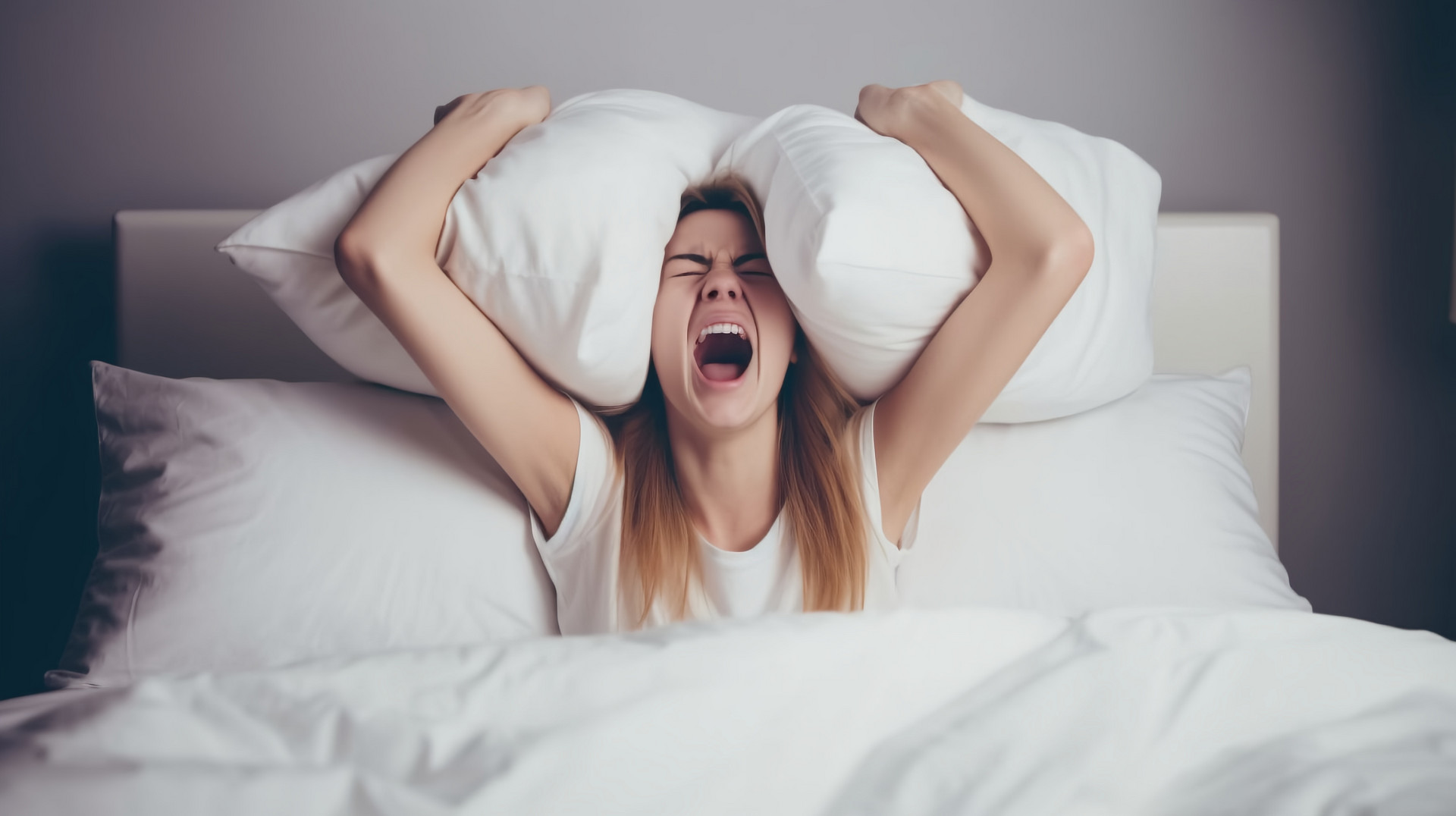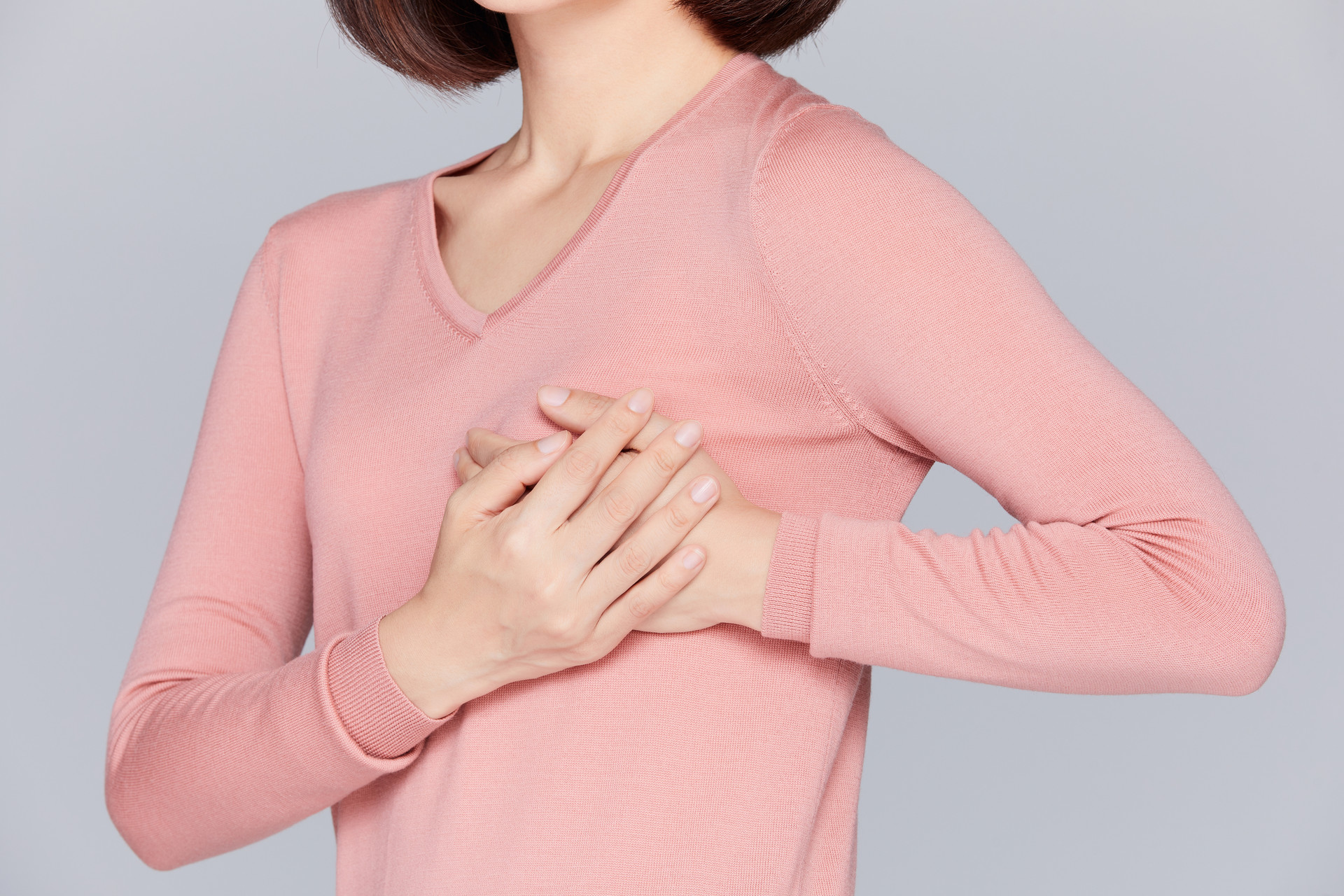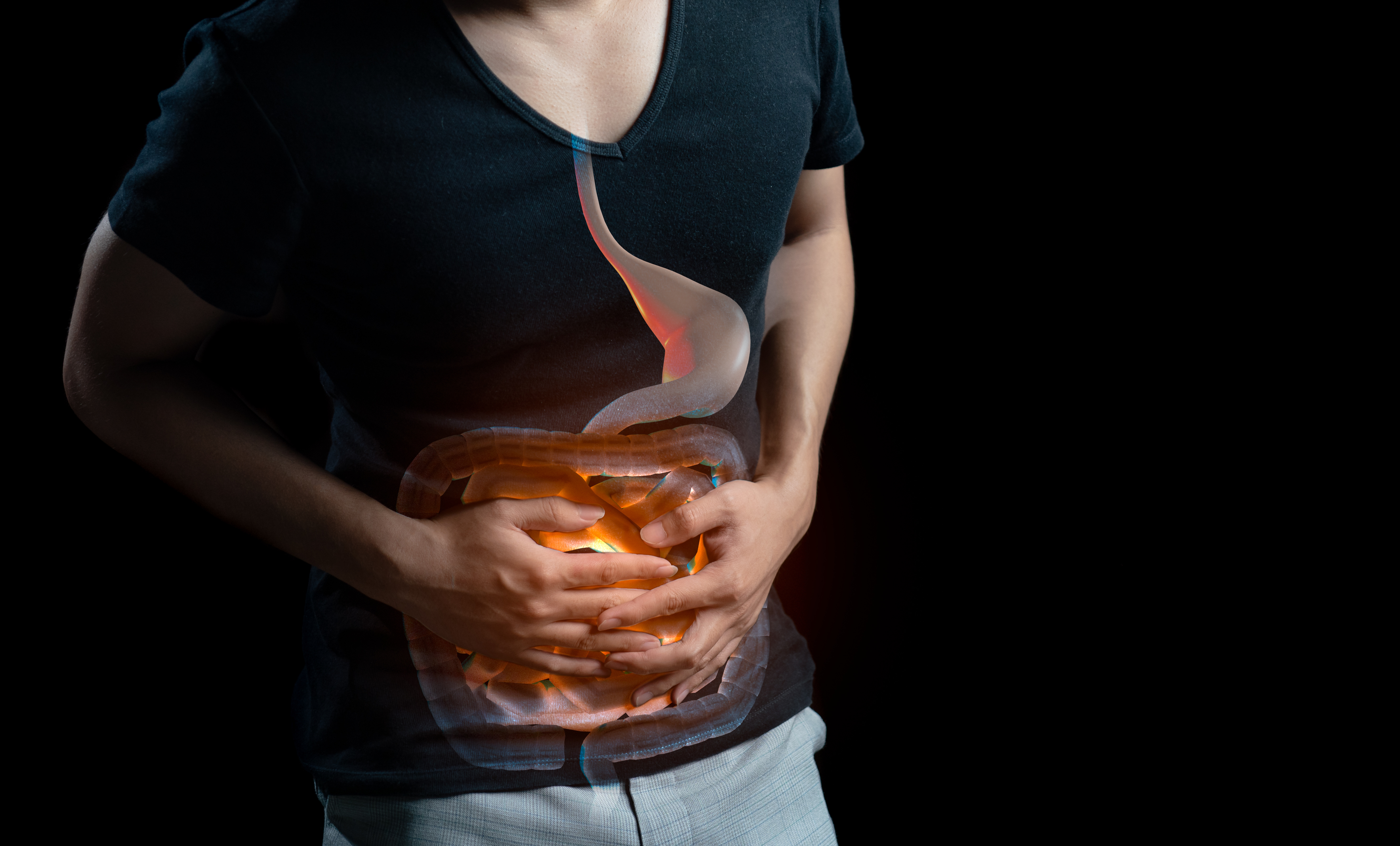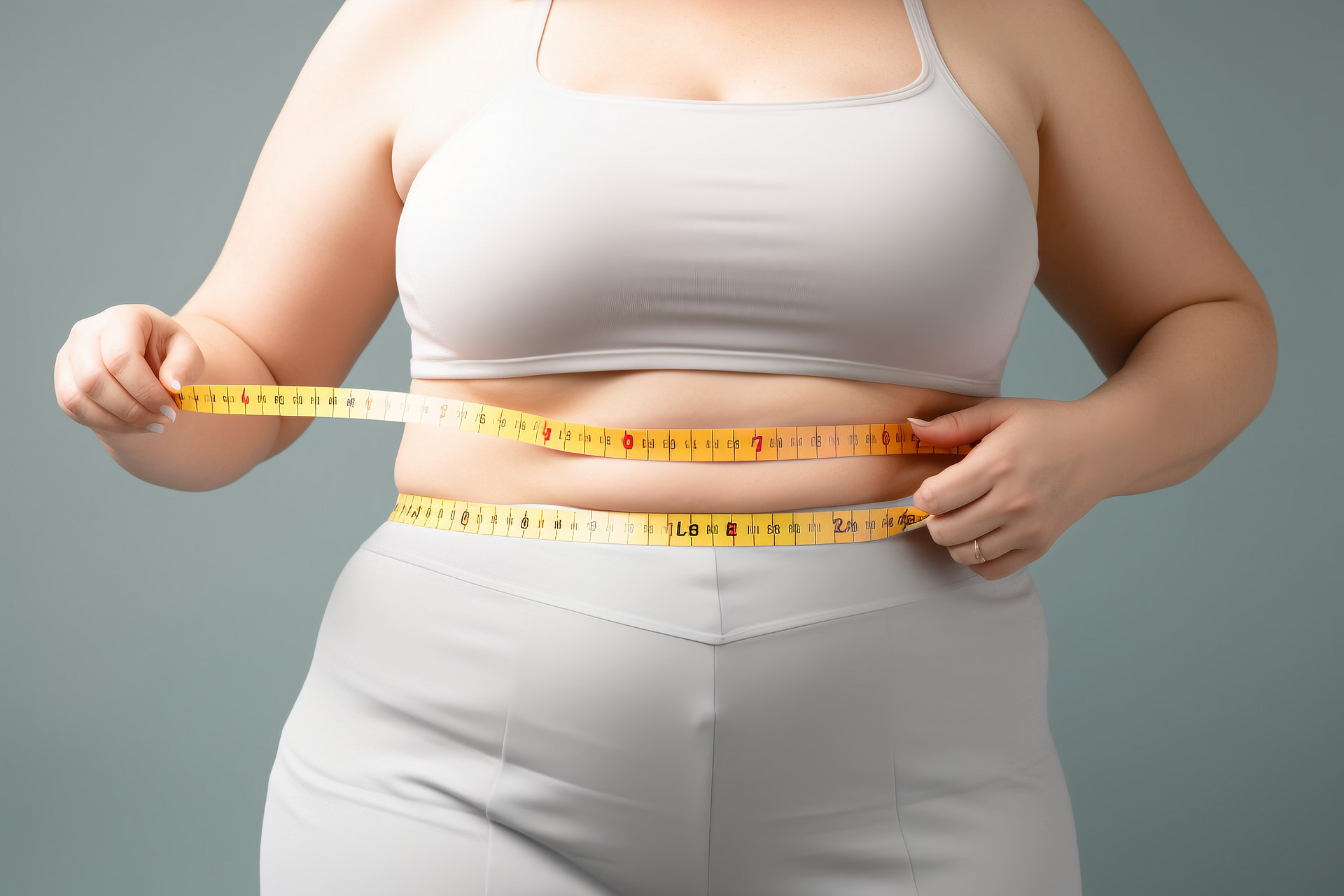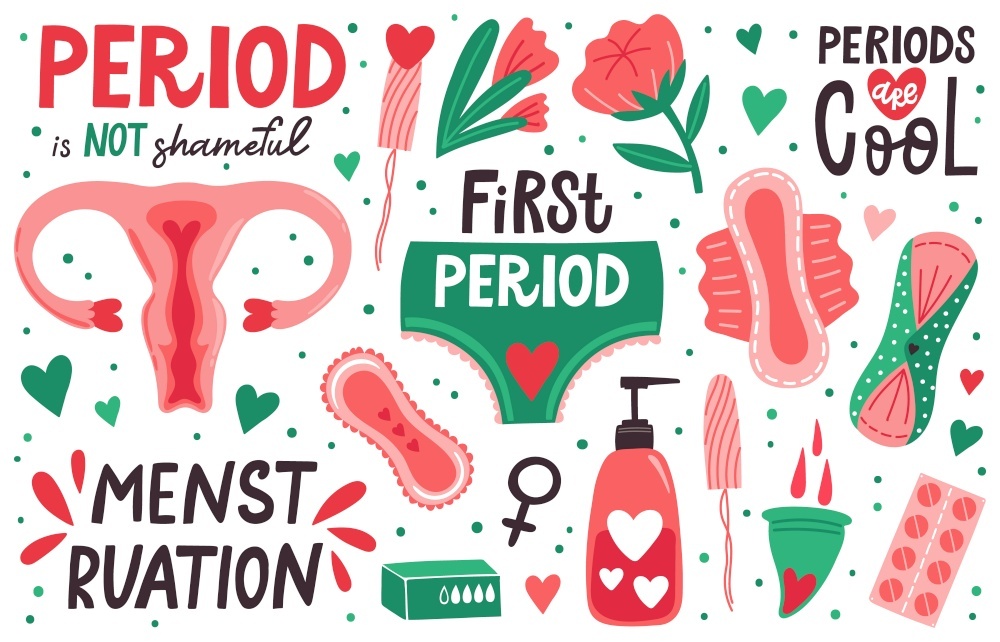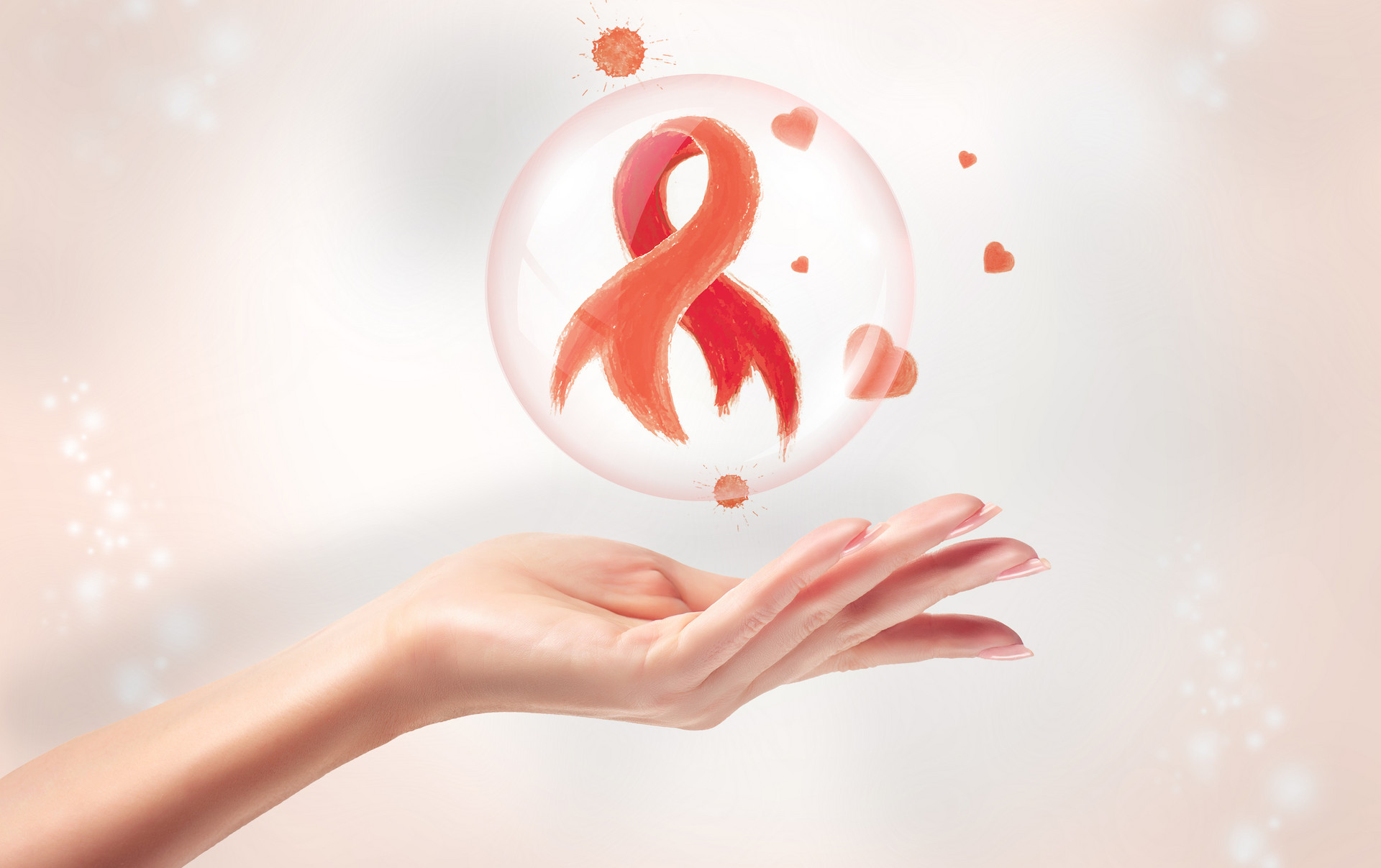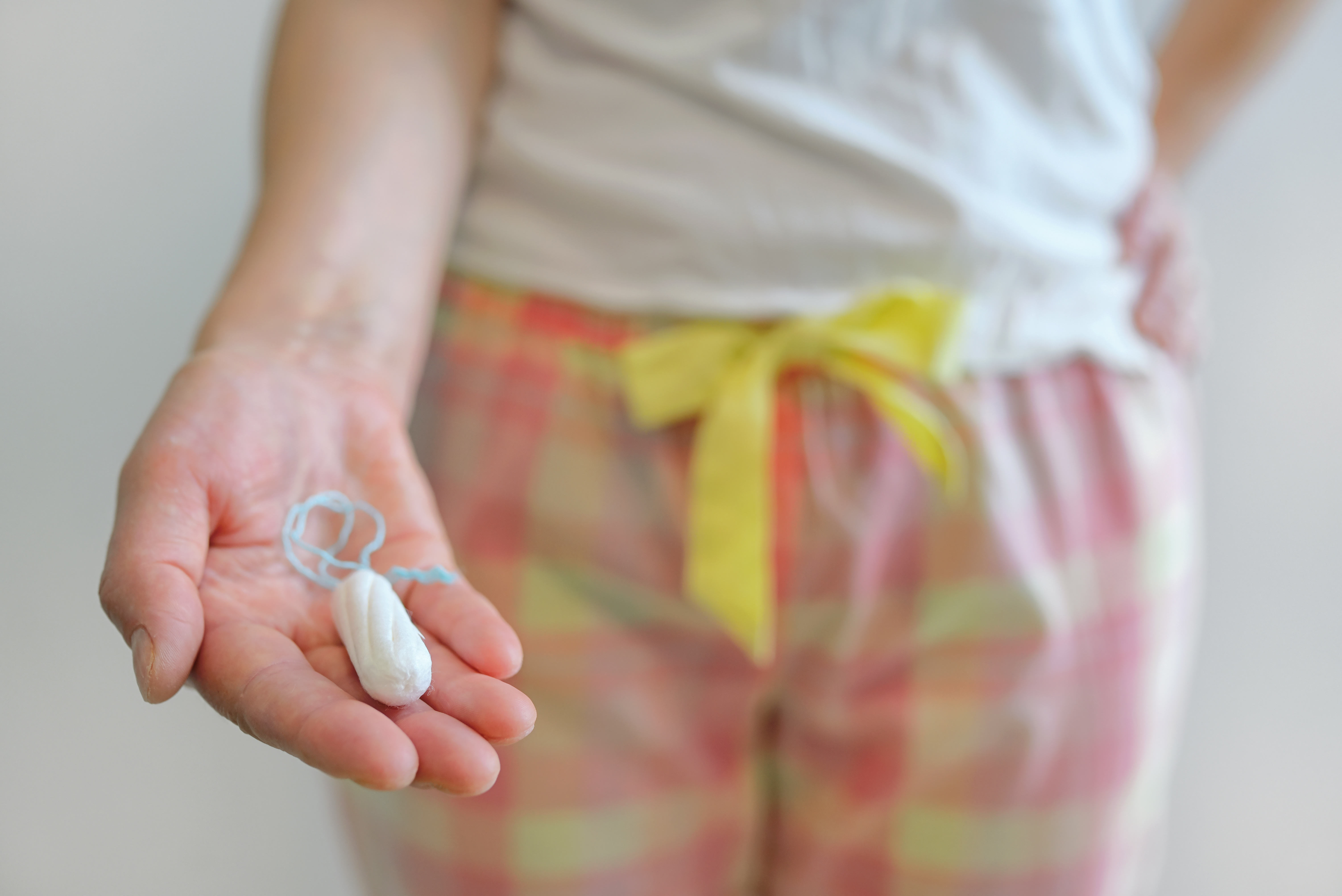For female friends, having spots on the face is the most unbearable thing, which seriously affects their appearance. However, most women do have the trouble of spots on their faces. Below, let me teach you how to distinguish different types of spots on the face and treat them accordingly.
What causes spots?
1. Skin pigmentation
When the amount of melanin in the body increases, it will accumulate in the basal cells of the skin. This melanin comes from tyrosine, and under the catalysis of tyrosinase, it oxidizes and polymerizes. Its quantity, density, and distribution vary greatly among different races, individuals, and body parts. The face, back of the hands, neck, and armpits are slightly darker than other parts, indicating that there is more melanin in these areas.
Imbalance of acid and alkali: When the acidity of the blood in the body is high, blood circulation will weaken, and the process of cell metabolism and life functions will be hindered. Melanin cannot be metabolized normally, resulting in the gradual deposition of melanin and the formation of dark spots on the surface of the skin.
2. Endocrine system
Pigment metabolism is closely related to the body's endocrine system. For example, when women have poor liver and gallbladder metabolism, gastrointestinal dysfunction, or adrenal cortex dysfunction, their skin will be darker. Some women may have facial pigmentation due to ovarian dysfunction and disrupted menstrual cycles. During pregnancy, changes in hormone levels in the body can also stimulate melanin production.
3. Mental stress
Once some women bear heavy mental stress, their autonomic nervous system will be out of balance, blood circulation will slow down, and the skin's metabolism will become sluggish, gradually depositing melanin and forming pigmentation. For example, when people are under increased psychological stress, they are more likely to have acne on their faces. The black marks left by acne do not fade away easily. They accumulate and settle under the skin, turning into pigmentation.
How to distinguish different types of spots on the face?
1. Freckles
Freckles are autosomal dominant hereditary diseases that occur after the age of 5 and increase with age. They are commonly found on exposed areas such as the face, neck and shoulders, and back of the hands. They are light brown to dark brown spots the size of a pinhead or mung bean.
2. Melasma
The cause of melasma is unknown, but it is suspected to be related to female hormones or various chronic diseases, medications, cosmetics, and sun exposure. It is a symmetrical and localized light brown to dark brown patch on the face.
3. Café-au-lait spots
Café-au-lait spots, also known as café-au-lait macules, are light brown patches that can be found at birth. The color ranges from light to dark brown, but each patch has the same color and is very uniform. It is not affected by sun exposure, and the size ranges from a few millimeters to several centimeters. The borders are clear, and the texture of the skin surface is normal. They are most commonly found on the trunk and do not disappear on their own.
4. Mongolian spots
Mongolian spots are benign blueish patches located in the lumbosacral area. They are usually present at birth, darken in the first period after birth, and fade with age. They usually disappear without a trace between the ages of 5 and 7 and do not require treatment.
5. Age spots
Age spots, also known as seborrheic keratoses, are most commonly seen in males around the age of 50. The skin lesions increase with age. They are more common in areas where sebaceous glands are more active, such as the face, neck, and back, but can also occur on limbs and arms. Early lesions are light yellow or light brown flat patches, which gradually increase in size and become rough on the surface, covered with greasy crusts.
How to achieve correct whitening?
Whitening requires overall fairness, and the skin needs to have a uniform complexion!
Then, in a country where the concept of "fair skin covers a hundred flaws" is prevalent, how can you whiten your skin without causing more spots after whitening?
First of all, when whitening, you must also use sun protection. Ultraviolet rays can make the skin darker and produce spots. Some girls rely on their youth and feel that their skin hasn't become darker after sun exposure a few times. In fact, these spots have already formed, they just haven't surfaced. If you have the opportunity to use Visia to see the skin on your face, you will find that there are many spots under the skin that are usually invisible.
Secondly, when choosing whitening products, you should pay attention to using whitening products with different whitening ingredients. The formation of melanin and darkening of the skin are related to internal and external factors, and the reasons for darkening vary from person to person. Some people may darken more due to ultraviolet rays, while others may be due to genetics, endocrine disorders, inflammation, physical stimulation, and other factors.
At the same time, the path of darkening is a long process, and many factors can have an impact. Therefore, different whitening ingredients can solve the whitening function of different stages of darkening.
Finally, for students who already have some spots, if you find that spots have indeed appeared, you can use some whitening and spot-removing products for local application, focusing on whitening and lightening the spots. This can also achieve the goal of having a uniform complexion.


